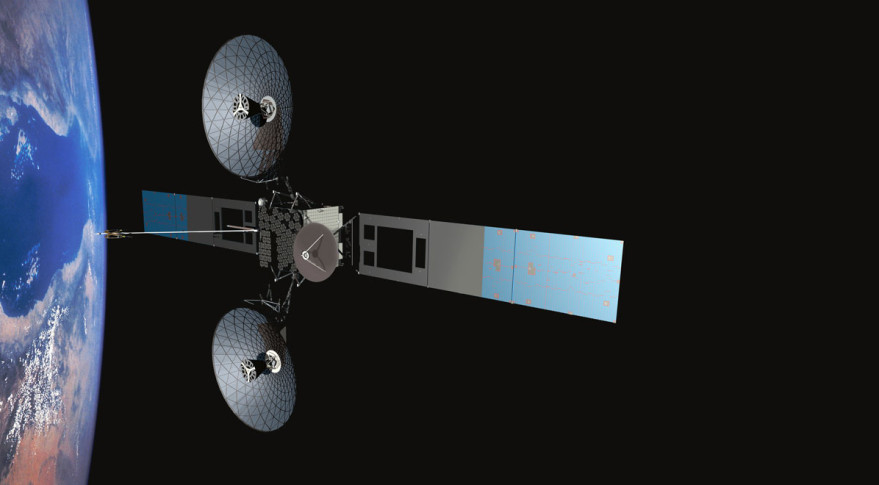NASA Reschedules TDRS-M Launch for August 20

WASHINGTON — NASA announced July 26 that the launch of a communications satellite damaged during payload processing activities earlier this month has been rescheduled for Aug. 20.
In a statement, NASA said it has given satellite manufacturer Boeing approval to replace an S-band omnidirectional antenna on the Tracking and Data Relay Satellite (TDRS) M spacecraft. That antenna was damaged during final spacecraft closeout activities July 14 at an Astrotech Space Operations facility in Titusville, Florida.
At the time of the incident, NASA had planned to launch TDRS-M on a United Launch Alliance Atlas 5 on Aug. 3. The agency said it has rescheduled that launch from Cape Canaveral Air Force Station for Aug. 20. [How NASA's Communications Satellite Net Works (Infographic)]
The S-band antenna is one of two on the spacecraft, located in the forward and aft sides of the satellite, used for tracking, telemetry and command of the satellite itself. The NASA statement said the damaged S-band antenna was on the forward side.
Neither NASA nor Boeing have disclosed details about the incident that damaged the spacecraft. "Boeing and NASA are working closely to investigate the causes of the incidents to ensure safe repair and processing of the spacecraft," Boeing said in a statement. The company said it was bringing in personnel "to assist in the investigation, implement the necessary repairs and spacecraft processing, and incorporate systemic improvements to eliminate future risk to these vital missions."
At a July 24 meeting of a NASA Advisory Council committee, Greg Williams, deputy associate administrator for policy and plans in NASA's Human Exploration and Operations Mission Directorate, suggested that the spacecraft was damaged while being moved, or being prepared to be moved, by a crane in the processing facility.
"It was fueled and in the upright position, and ready to be encapsulated, and we had a little challenge there with a crane operation," he said. He added that preparations for the launch had been going "very well" up until that point.
Breaking space news, the latest updates on rocket launches, skywatching events and more!
TDRS-M is the third and final satellite in a series built by Boeing under a NASA contract awarded in 2007. The geostationary orbit satellites are also equipped with two parabolic antennas for Ka-, Ku- and S-band communications, a phased-array antenna that supports multiple S-band users and a dedicated space-to-ground antenna. Those antennas support communications with the International Space Station, Hubble Space Telescope and other satellites in Earth orbit.
With the launch of TDRS-M, Williams said NASA's satellite communications infrastructure will be in good shape at least through the mid-2020s. "Then we'll be looking at the next iteration, with a few studies over the next few years," he said.
This story was provided by SpaceNews, dedicated to covering all aspects of the space industry.

Jeff Foust is a Senior Staff Writer at SpaceNews, a space industry news magazine and website, where he writes about space policy, commercial spaceflight and other aerospace industry topics. Jeff has a Ph.D. in planetary sciences from the Massachusetts Institute of Technology and earned a bachelor's degree in geophysics and planetary science from the California Institute of Technology. You can see Jeff's latest projects by following him on Twitter.

